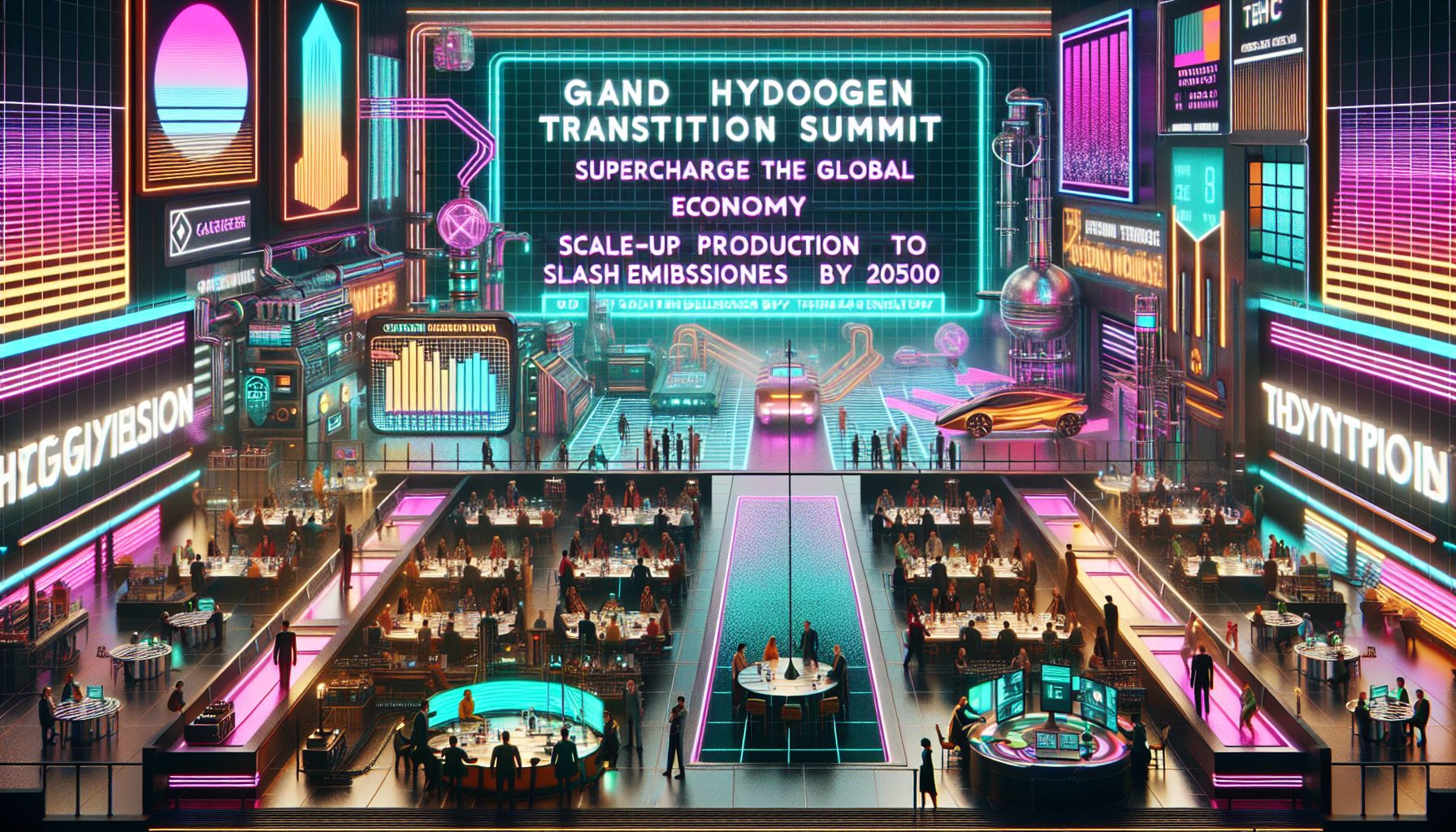Hydrogen's High Stakes: COP29 Summit Charts Course for Net-Zero

Bonn, Saturday, 16 November 2024.
At COP29, the Hydrogen Transition Summit aims to supercharge the global hydrogen economy. With 500 key players converging, from tech innovators to policymakers, the race is on to scale up production and slash emissions by 2050. It’s not just hot air – it’s the future of clean energy.
Gathering of Minds
Imagine a bustling conference room at the Baku Marriott Hotel Boulevard, filled with the hum of voices and the clinking of coffee cups. On 15 November 2024, 500 of the world’s brightest minds in hydrogen technology assembled here, each driven by the shared goal of transforming talk into action. This summit, the largest of its kind at COP29, was more than just a meeting. It was a launchpad for ideas that could redefine our energy future[1].
Visionaries Speak
Among the notable voices was Alicia Eastman, a powerhouse in clean hydrogen initiatives, who painted an inspiring vision of a world powered by green hydrogen, sourced from her extensive projects in Australia and the Middle East. Her enthusiasm was matched by Amani Abou-Zeid of the African Union, who highlighted the critical role hydrogen could play in bridging energy access gaps across Africa. They weren’t just selling dreams – these are leaders already making strides towards a sustainable tomorrow[1].
Challenges and Triumphs
But it wasn’t all sunshine and rainbows. Thomas Koch Blank of RMI brought attention to the formidable hurdles facing hydrogen uptake in heavy industries. However, he didn’t just leave it at that. He presented innovative solutions designed to overcome these barriers, showing that with the right technology and collaboration, even the toughest challenges can be surmounted[2][3].
A Call to Action
The summit ended with a clear call to action: it’s time for governments and businesses to commit to concrete steps. As Mike Train of Emerson aptly put it, achieving net-zero by 2050 requires ‘unprecedented levels of cooperation.’ The sentiment echoed throughout the summit as stakeholders left with renewed vigour to drive change, proving that while the road to a hydrogen economy is long, every journey starts with a single step[4].